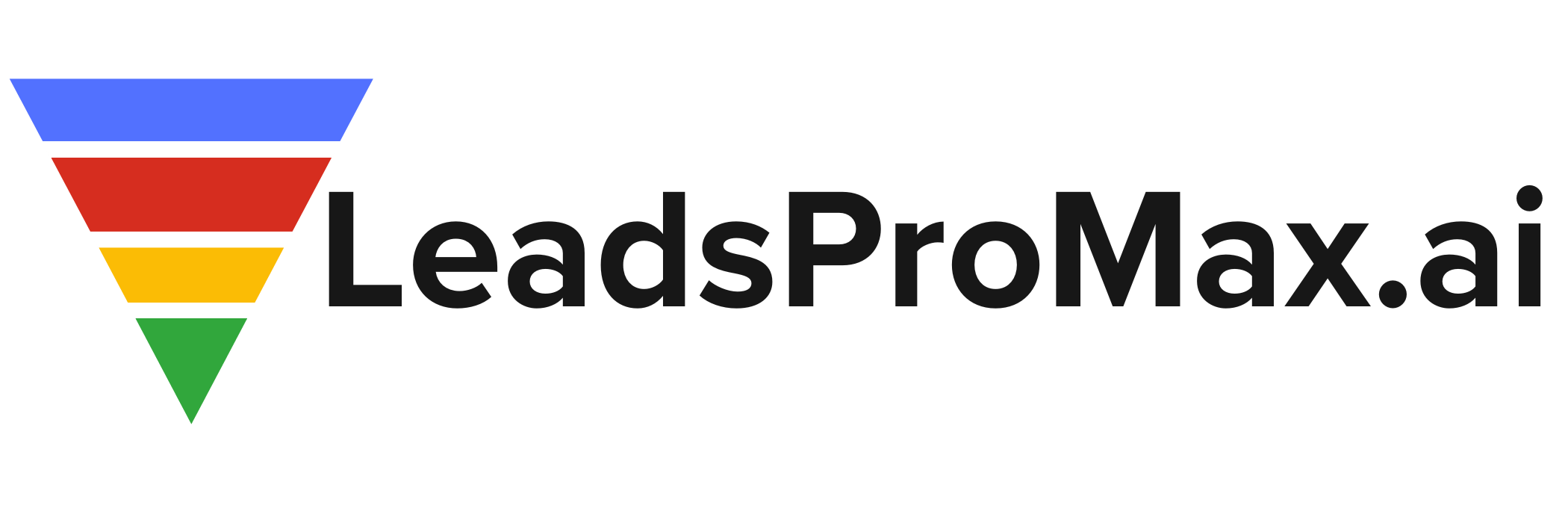OpenAI’s Strategic Shift to Open-Source: Embracing Collaboration and Innovation
In a significant move that has sent ripples through the artificial intelligence (AI) industry, OpenAI has recently announced its decision to pivot towards releasing open-source language models. This strategic recalibration is not merely an act of altruism but a calculated response to the evolving market dynamics and competitive pressures in the AI landscape.
OpenAI’s shift towards open-source models reflects a growing recognition of the need to remain relevant and competitive in an industry where open-source AI models are gaining significant traction. Rivals such as Meta and DeepSeek have already made significant strides in this direction, with their open models garnering widespread adoption and developer engagement. Meta’s Llama, for instance, has surpassed an impressive milestone of one billion downloads, highlighting the immense potential of open-source approaches in driving innovation and market presence[1].
Acknowledging Past Missteps and Embracing Transparency
OpenAI’s CEO, Sam Altman, has candidly admitted that the company’s previous reluctance to open-source its models was a misstep. By embracing openness, OpenAI aims to foster greater transparency, inclusivity, and collaboration with developers and researchers – factors that are increasingly seen as crucial for advancing AI technology[2].
This pivot also serves to address both internal and external criticisms surrounding OpenAI’s past approach of withholding intellectual property and limiting community feedback. By opening up its models, OpenAI seeks to engage more effectively with the broader AI community, leveraging collective intelligence to push the boundaries of AI innovation[3].
Enhancing Reasoning Capabilities and Ecosystem Engagement
As part of its open-source strategy, OpenAI plans to release models with enhanced reasoning capabilities. This move positions the company to compete not just on the basis of proprietary technology but also on its ability to foster a vibrant ecosystem of developers and researchers[3].
By providing access to cutting-edge AI models, OpenAI aims to accelerate the pace of innovation and encourage the development of novel applications and use cases. This approach aligns with broader industry trends, where openness is seen as a catalyst for innovation, regulatory discussions, and adoption across enterprises and developers[4].
Balancing Open-Source with Commercial Interests
While OpenAI’s pivot to open-source is a significant shift, it is important to note that the company is likely to maintain its commercial interests by striking a balance between open releases and proprietary offerings. This hybrid approach allows OpenAI to contribute to the broader AI community while still pursuing its business objectives[5].
However, the adoption of open-source models signals a transformational business recalibration rather than a purely philanthropic gesture. It reflects a strategic response to the changing competitive landscape and a recognition of the value of collaboration and community engagement in driving AI innovation.
The Future of AI: Collaboration and Innovation
OpenAI’s pivot to open-source language models marks a significant milestone in the AI industry. By embracing transparency, collaboration, and innovation, the company is positioning itself to remain at the forefront of AI development.
As the AI landscape continues to evolve, it is clear that the future belongs to those who can effectively harness the power of open-source models, engage with the broader developer community, and drive innovation through collaboration. OpenAI’s strategic shift is a testament to this reality and sets the stage for an exciting new chapter in the AI revolution.
#OpenAI #OpenSource #AIInnovation
-> Original article and inspiration provided by ReviewAgent.ai
-> Connect with one of our AI Strategists today at ReviewAgent.ai

